Top Ten Waste Sorting Facilities Around the World
Waste sorting facilities play a critical role in modern waste management, serving as the frontline against environmental pollution. These plants are responsible for separating recyclables from non-recyclables, organic materials from inorganic ones, and hazardous substances from everyday refuse. By doing so, they significantly contribute to resource recovery, reduce landfill use, and minimize the impact of waste on our environment. This article highlights ten leading waste sorting facilities around the globe that have set benchmarks in efficiency, innovation, and sustainability.
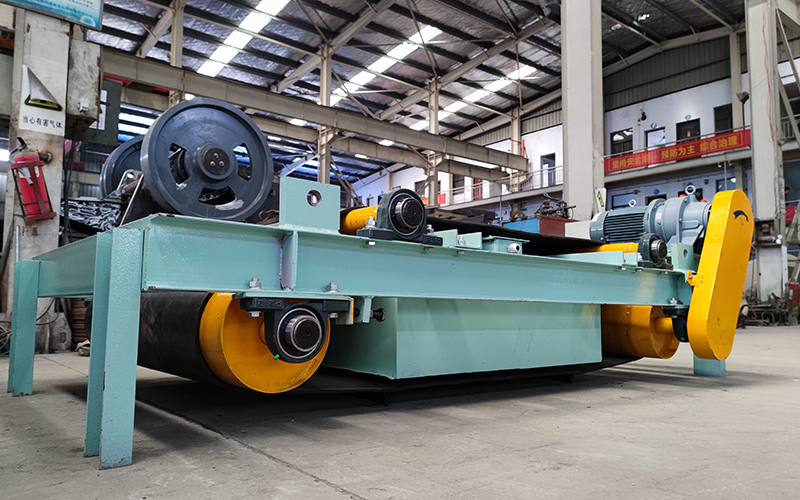
1. Amsterdam Waste & Energy Plant (The Netherlands):
Located in the heart of the Dutch capital, this facility is not only a powerhouse for waste processing but also an architectural marvel. It processes over 850,000 tons of municipal solid waste annually, converting it into energy used to power homes and businesses.
2. Material Recovery Facility (MRF) in London (United Kingdom):
The MRF in London exemplifies state-of-the-art technology in waste separation. Equipped with advanced machinery, it can sort through complex mixtures of waste, achieving high recycling rates while reducing contamination.
3. Shanghai Laogang Waste-to-Energy Plant (China):
As one of the largest waste-to-energy plants globally, Laogang handles a staggering amount of urban waste from Shanghai, generating electricity for the city's grid and setting standards for efficient waste management in densely populated areas.

4. Vienna Municipal Waste Incineration Plant (Austria):
Known for its cutting-edge emission control technologies, this Austrian plant ensures minimal environmental impact while processing waste and producing energy.
5. Kureha Environmental Solutions (Japan):
Japan's focus on meticulous waste sorting is reflected in Kureha's operations. Their facility excels in handling electronic waste, extracting valuable metals, and ensuring safe disposal of hazardous components.
6. Eco-Depot (Singapore):
Singapore's Eco-Depot uses automated systems to efficiently process a wide variety of waste streams, including food waste, which is converted into compost for local agriculture.
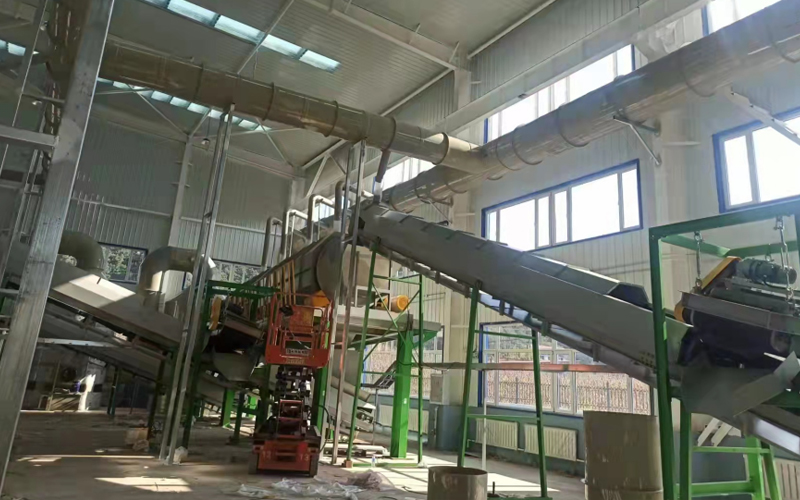
7. Hiriya Recycling Park (Israel):
Once a landfill site, Hiriya has been transformed into a recycling park that sorts and recycles construction debris, offering a model for sustainable land reclamation.
8. Spittelau Waste Incineration Plant (Austria):
Another Austrian gem, Spittelau is celebrated for its unique architecture and effective incineration techniques, contributing to district heating and showcasing public art.
9. Altamont Landfill and Resource Recovery Facility (USA):
Located in California, this facility integrates landfill gas capture with innovative sorting practices, turning waste into renewable energy and reducing greenhouse gas emissions.
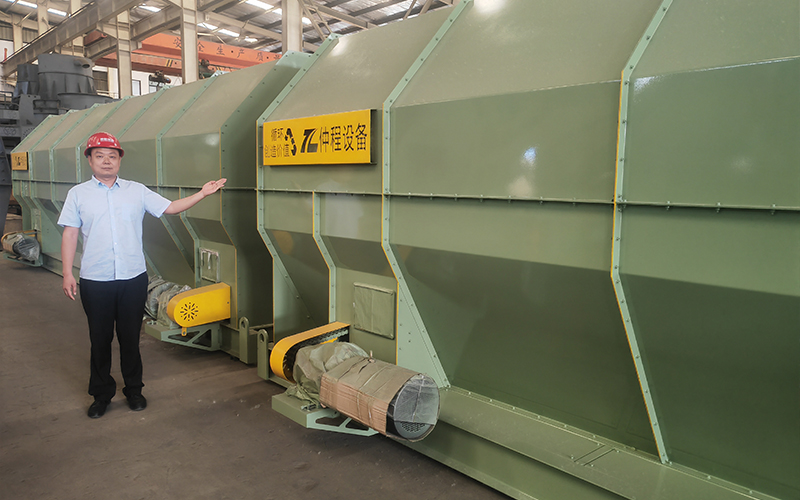
10. RecyClass Advanced Recycling Center (Belgium):
Belgium's RecyClass focuses on plastic recycling, pioneering new methods to recycle previously non-recyclable plastics, thereby closing the loop on plastic waste.
These top waste sorting facilities illustrate how advanced technology, innovative approaches, and strong policy frameworks can transform waste management. They represent global efforts towards more sustainable and environmentally friendly practices in dealing with waste, aiming to protect our planet for future generations. Each facility stands as a testament to human ingenuity and commitment to overcoming the challenges of waste management in the 21st century.
-
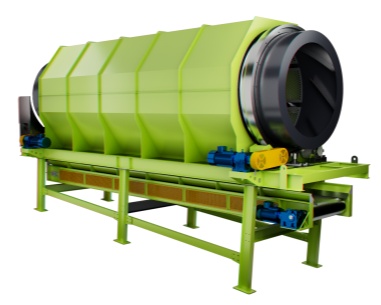 Trommel screenTrommel screen, also known as drum screens, are widely used in various industries for sorting and separating materials.Get Quote
Trommel screenTrommel screen, also known as drum screens, are widely used in various industries for sorting and separating materials.Get Quote -
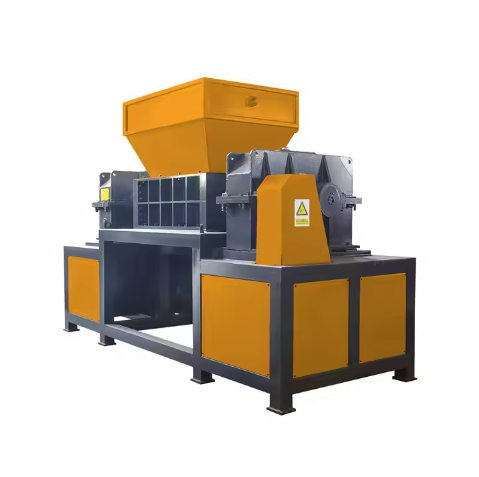 Crop straw double shaft shreddApplications:Biomass Energy Production: Shredded straw can be used as a feedstock for bioenergy plants to produce electricity or heat.Livestock Feed: Reduced-si...Get Quote
Crop straw double shaft shreddApplications:Biomass Energy Production: Shredded straw can be used as a feedstock for bioenergy plants to produce electricity or heat.Livestock Feed: Reduced-si...Get Quote -
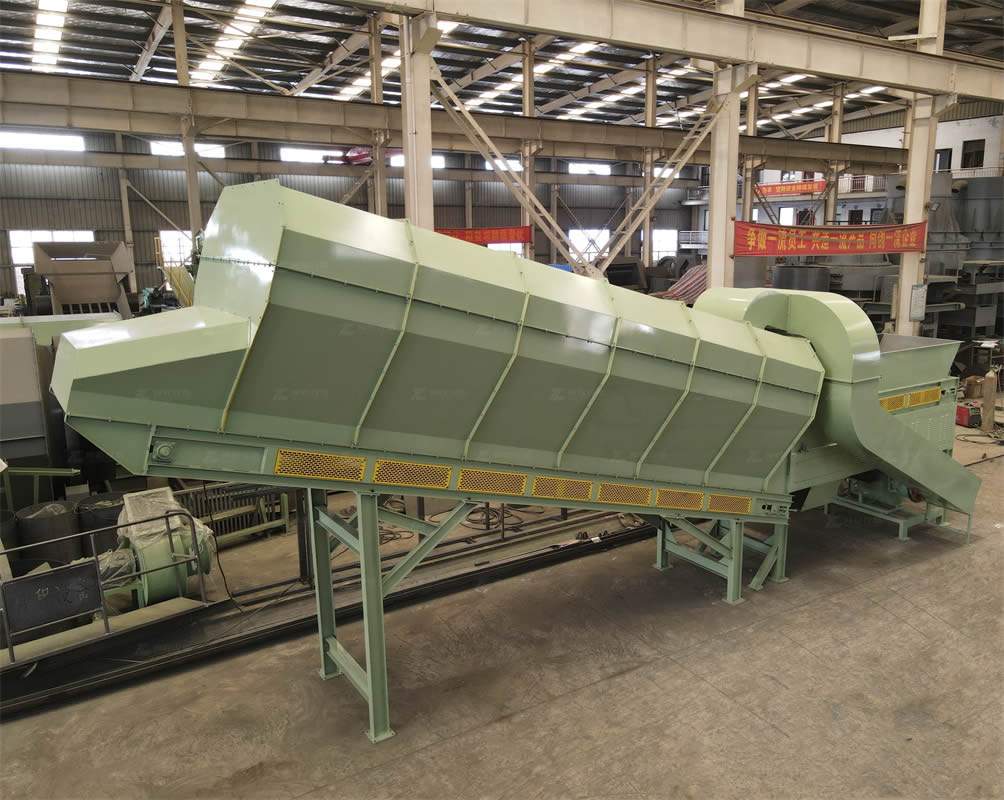 Zhongcheng Air Drum SeparatorAir drum separators effectively separate lightweight materials (e.g., plastics, paper) from heavier materials (e.g., metals, glass). This high efficiency is cru...Get Quote
Zhongcheng Air Drum SeparatorAir drum separators effectively separate lightweight materials (e.g., plastics, paper) from heavier materials (e.g., metals, glass). This high efficiency is cru...Get Quote
-
2025-03-03Mini Copper Wire GranulatorThe copper wire granulator machine is a device specially used to process waste wires and cables. Its main function is to separate the copper and plastic in the ...
-
2024-08-07Tire double shaft shredderOperation:Feeding: Whole or pre-cut tires are fed into the shredder through an inlet hopper.Shredding: As the tires enter the shredding chamber, the rotating cu...
-
2024-04-13Vibrating FeederA vibrating feeder is a mechanical device used to convey materials, typically in bulk, from one location to another in a controlled manner. This equipment is co...
-
2024-05-20Mobile Impact Crusher PlantThe mobile impact crusher plant is a kind of crushing equipment based on a mobile platform. It uses an impact crusher as the host machine and is usually equippe...
-
2023-01-12Apron FeedersApron Feeder is a conveyor manufactured from steel plates driven by steel chains wearing on steel surfaces. They are a robust design manufactured for durability...



